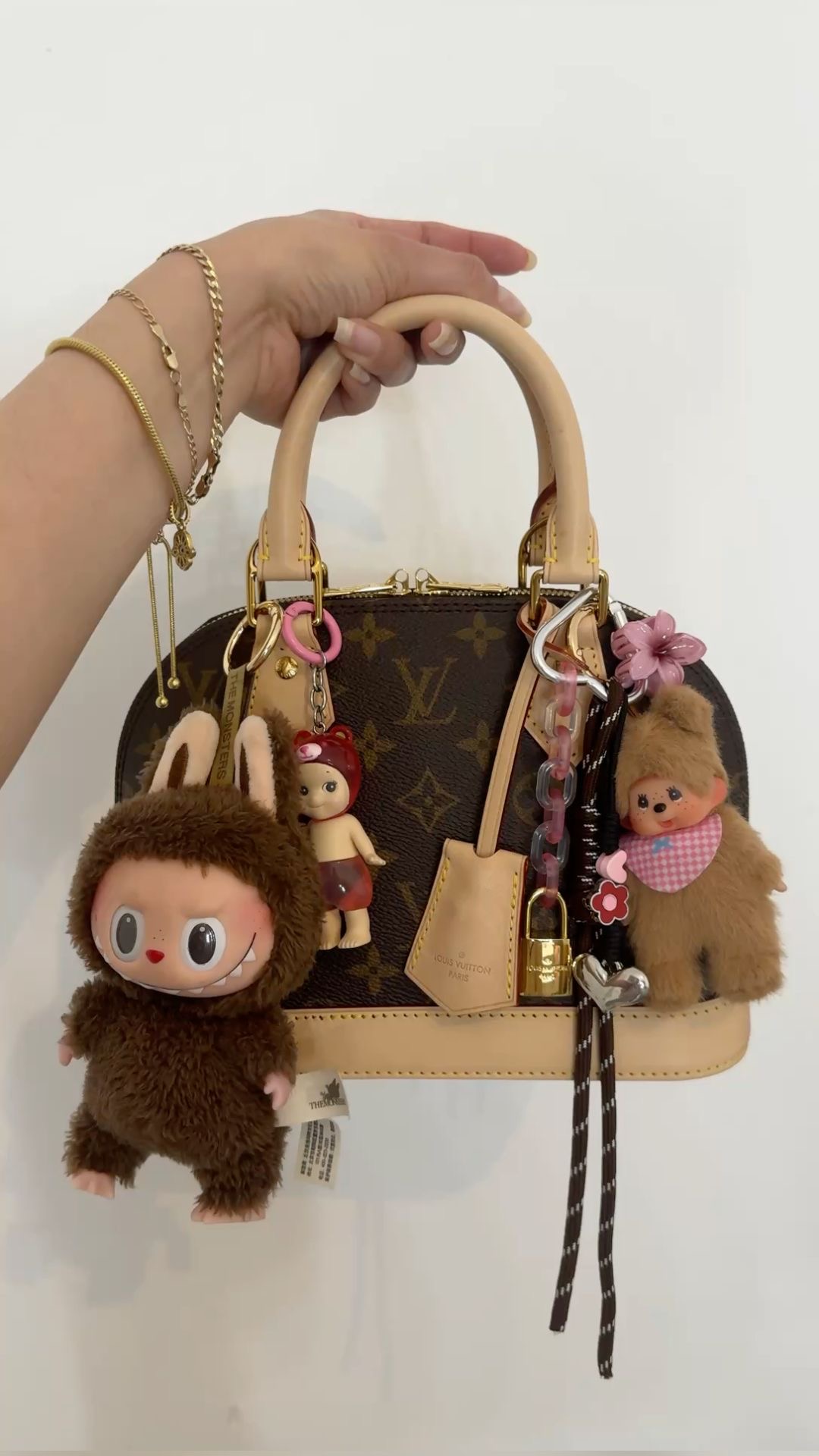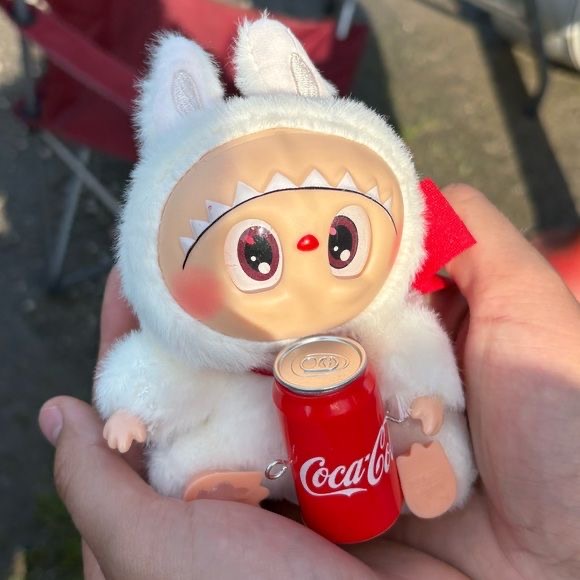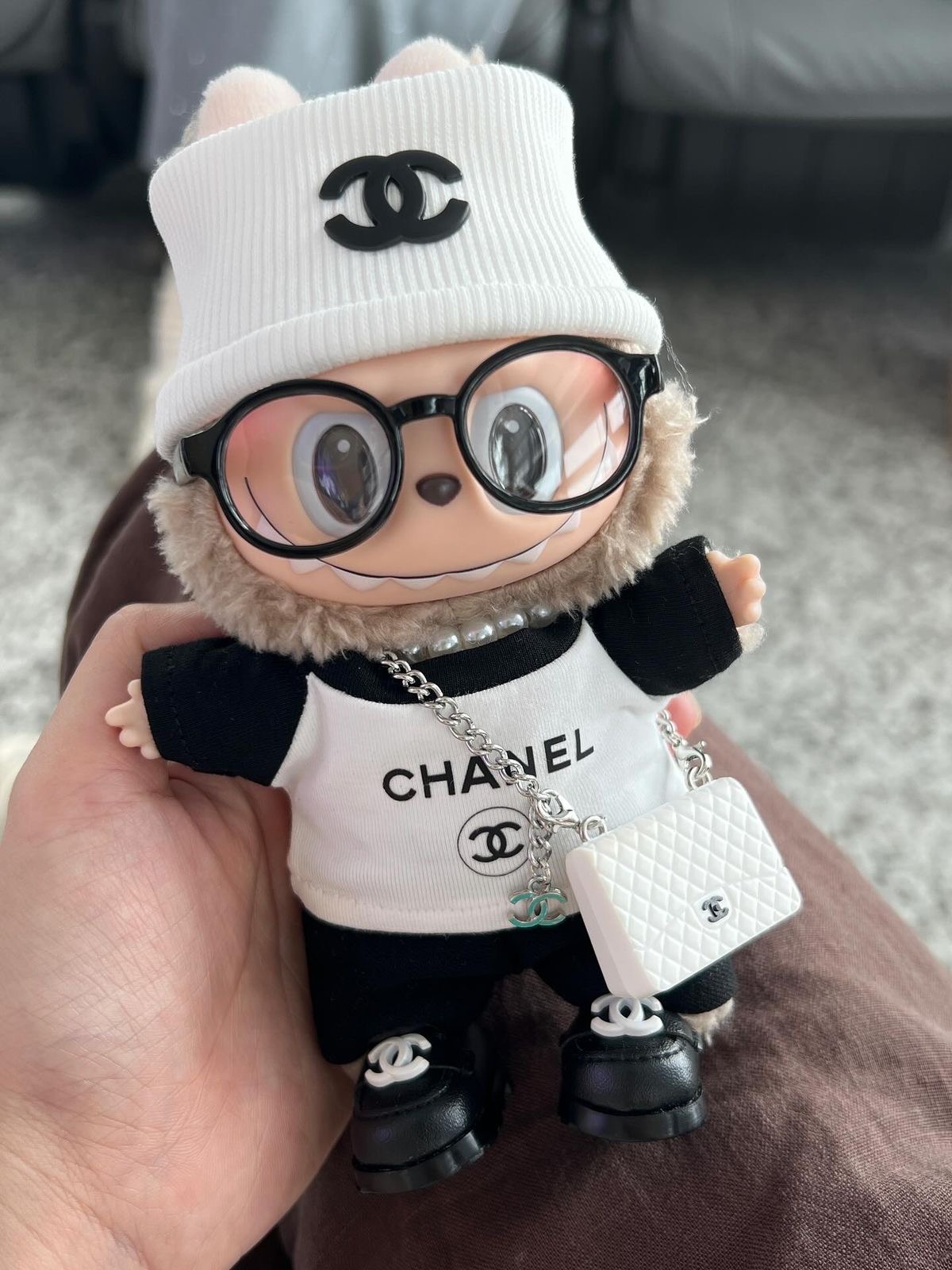It’s got chaotic hair, an oddly adorable grin and somehow sells for more than most people’s rent. If you’ve been anywhere near TikTok, you’ve probably seen it: Labubu, the spiky-haired vinyl creature that’s quietly (and then very loudly) become the internet’s latest obsession.
Born from the mind of Hong Kong artist Kasing Lung and mass-produced by Chinese collectible giant Pop Mart, Labubu started out as a niche art toy from The Monsters series. Fast forward a few years, and it’s turned into a global fashion accessory, auction house darling and emotional support creature all in one. But now that the hype has reached fever pitch, the real question is: is Labubu here for the long haul, or are we watching another Beanie Baby-style burnout?
Labubu’s Rise From Niche to “It” Toy
Labubu’s rise from niche toy to global icon wasn’t just organic — it was turbocharged by celebrity hype. The frenzy kicked off when Blackpink’s Lisa was spotted with a Labubu keychain in early 2024, instantly turning the toy into a must-have accessory. Not long after, Rihanna, Dua Lipa, Kim Kardashian and even David Beckham were seen showing off their own Labubu figures, turning a once-underground collectible into a viral fashion flex. Paired with TikTok unboxings and resale hauls, Labubu quickly became more than a toy — it became a symbol of playful status and pop culture cool.
READ: First Look AFW 2025: Highlights From Aspen Fashion Week
Of course, the mystery element helped. Labubu is sold in blind boxes, so buyers don’t know which one they’ll get. And that thrill of the unknown? Yeah, it hits. Rare versions (called “secrets”) send collectors into full hunt mode, with some figures reselling for thousands. One human-sized mint green Labubu even sold for over $150,000 at auction in Beijing this year.
Cute, Creepy, and a Little Existential

Part of Labubu’s charm lies in its contradictions. It’s both cute and creepy, delicate and chaotic. And in a time when AI is churning out soulless content and fast fashion is exhausting everyone, Labubu feels like something… real? Tactile, expressive, weird (in the best way).
For many fans, it’s not just about collecting: it’s emotional. Owning a Labubu can feel like having a tiny avatar of your inner child or your inner gremlin. The figures become symbols of identity and mood. (Let’s be honest: we all have a “spiky-haired chaos goblin” day now and then.)
The Lafufu Effect: When the Knockoff Becomes the Statement

Every viral moment eventually hits a saturation point, and for Labubu, that turning point came in the form of Lafufu. Cheap, exaggerated, and intentionally ridiculous, Lafufu is the bootleg version of Labubu flooding sites like Shein and TikTok shops. It’s not trying to be subtle. Rather, it’s Labubu pushed through a meme filter, and surprisingly, people are into it.
For some, it’s a joke. For others, it’s a response to how quickly Labubu transformed from a $10 collectible into a six-figure status symbol. Lafufu, in a way, represents the anti-hype: a tongue-in-cheek protest against the exclusivity, long lines and auction insanity of the original.
At the same time, the chaos hasn’t gone unnoticed by governments. Labubu has been banned in countries like Russia and parts of Iraq, with concerns ranging from safety hazards to “emotional harm.” The UK even temporarily pulled products after crowds got rowdy over new releases.
What started as a cute little monster now sits at the center of a global conversation: equal parts cultural flex, consumer chaos and satire.
Final Thoughts: Hype, Heirloom, or Both?

Right now, Labubu is definitely in its “main character” era. Whether it becomes a lasting collectible or a nostalgia-core relic depends on how the brand (and the community) evolves post-hype.
But one thing’s clear: Labubu isn’t just a toy. It’s a flex, a feeling, a vibe. And in a world craving weird joy, that might be exactly why it’s not going anywhere.


